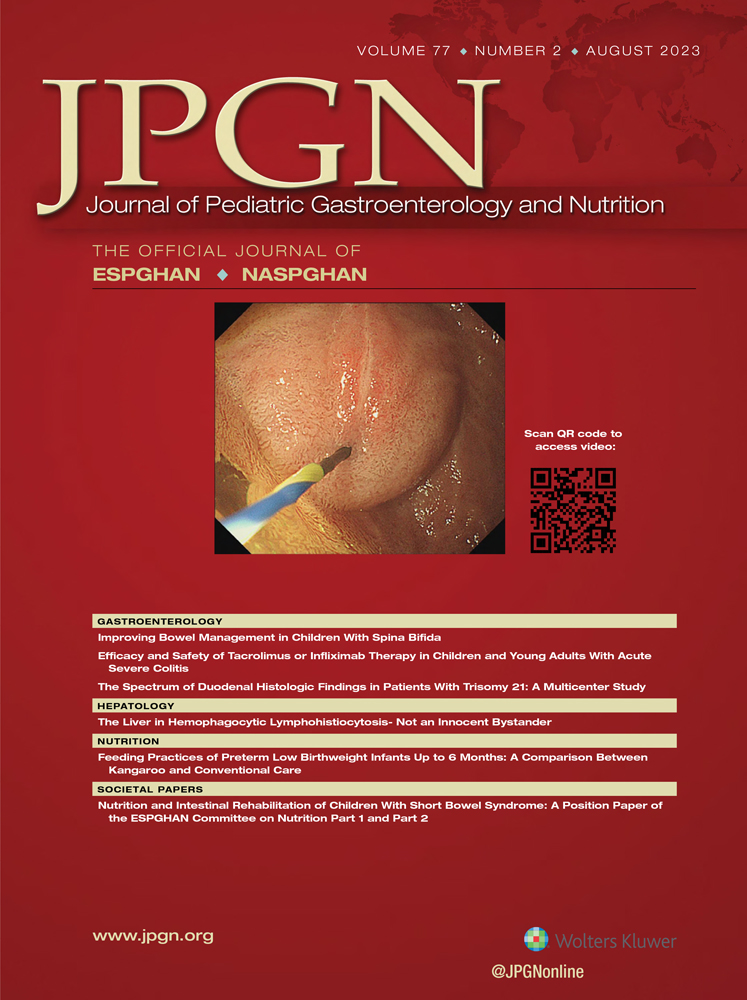Clinical Features of Children With Serology Negative, Biopsy Positive Celiac Disease
The authors report no conflicts of interest.
Sources of Funding: This research has been funded by the Stollery Children’s Hospital Foundation and the Alberta Women’s Health Foundation through the Women and Children’s Health Research Institute.
Abstract
The prevalence of pediatric serological negative celiac disease (SNCD) is poorly described, with few recognized clinical predictors beyond immunoglobulin A (IgA) deficiency or reduced gluten intake. The purpose of this retrospective review was to describe the prevalence of SNCD at the Stollery Children’s Hospital and identify clinical features to help in recognition of these cases. Patients with a positive biopsy and negative serology (SNCD) were compared to those with positive biopsy and serology. SNCD diagnosis required clinical correlation and either confirmatory genetics or follow up endoscopy on a gluten-free diet. Of the 424 patients who met celiac disease (CD) criteria, 4.7% (n = 20) fulfilled our criteria for SNCD. There was a significant difference in the rates of IgA deficiency between the 2 groups, but no other clinical features were found that allowed for ready identification of SNCD patients.




